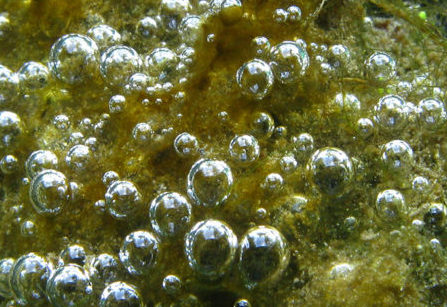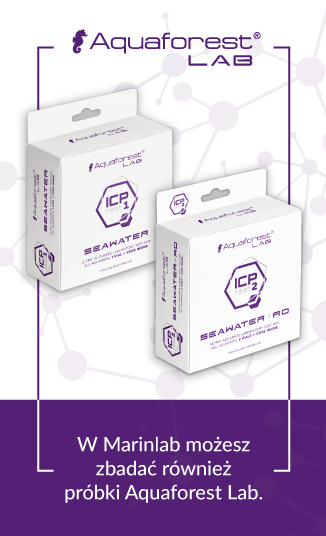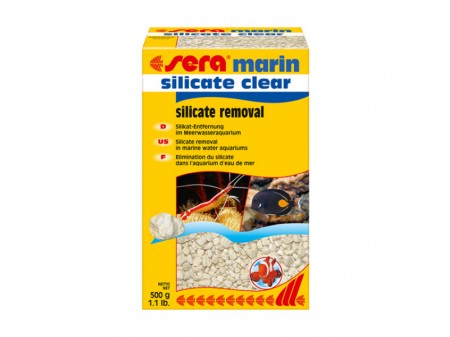Diatoms. It’s a common headache, particularly in newer marine tanks. After installing and testing all the various plumbing and mechanical elements, selecting a substrate, arranging your aquascape for maximum effect, waiting for your tank to cycle and the biological filter to start populating with good bacteria, painstakingly selecting and adding your critters and coral and hoping everyone thrives and gets along…
Things seem to be going well and you’ve just breathed a sigh of satisfaction and relief, only to wake up one morning and discover an unsightly brown film either smattering or completely blanketing your entire set up. It’s on the sand, the rock, the glass. You diligently manually siphon and wipe it off, only for it to reappear in a heartbeat. So what is it and where has it come from?

Well, it’s incredibly common, particularly in new set ups and it’s relatively harmless – I say relatively, because in severe cases it can cause die off in corals as it smothers them – predominantly, it’s just ugly – what you’re experiencing is a brown diatom algae bloom.
What Are Diatoms?
Technically, they’re not even algae, but a single celled organism, existing in a self secreted shell of silica. Diatoms are photosynthetic autotrophs (meaning they can produce their own food) and they’re found everywhere, provided it’s wet! From puddle water to the depths of the ocean. In fact, these deep sea deposits of diatom skeletons are harvested and used in everything from water filters, to toothpaste and even cat litter.
Diatoms feed primarily (but not exclusively) on silicates. Silicates can build up from excessive use of poor quality RO water or even leech out of substrate. They’re actually an essential element of your marine tank, but high levels will definitely be compounding your diatom problem!
Diatoms also feed off of phosphate and nitrates. With that in mind, then, your first port of call in addressing the problem should be your water chemistry. Buying some inexpensive test kits for silicates, phosphate and nitrate will help you to determine whether any of them are at an elevated level. For a more precise and comprehensive test consider a ICP test where you send a water sample off for a lab grade test. Shop our full range of test kits via the link below:

Diatoms Removal
So what steps can you take to combat this diatom build up? If it’s a bad bloom, a blackout will help immensely, it may seem drastic, but your corals should be fine. Corals experience natural periods of darkness in the wilderness and cope with the lights out during transportation – just keep an eye on them and acclimate them back to your tank light settings once you’re finished. That being said, it’s best not to go dark for more than a couple of days. Light feeds algae, so this step will very effectively remedy your problem.
The key to getting on top of diatoms is persistence and eradicating their food source, once you think you’ve identified your problem, the outbreak should ease by a couple of weeks, so be patient. You can always use the blackout technique – discussed above – if you get a bad outbreak, to knock out the worst of it.
You can manually siphon the worst affected areas to try and keep on top of it. In conjunction with this, try products such as Sera Silicate Remover. This product permanently binds silicates and remains active for up to 3 months.

For Nitrate and Phosphate control consider whether your stock levels are correct for your size aquarium. If you are overstocked this should be addressed. There are many methods for controlling levels including phosphate remover or carbon based treatments that control both NO3 and PO4 such as Aquaforest NitraPhos. An efficient Protein Skimmer will also help.
If you are looking for a more natural way for exporting waste you could grow macro algae.
Investing in a clean up crew – such as Cerith snails, grazing fish and Trochus snails – may also ease the problem. Cerith snails will actively eat diatoms and snails in general will eat detritus, which will help starve of algae. They are also particularly helpful if the bloom is on your sandbed, as they stir it up making it more difficult for diatoms to become established.
On the subject of detritus this can be a major contributor to elevated organic levels. Keep on top of this by carrying out regular maintenance and using efficient mechanical filtration such as filter floss or a roll filter to remove solid waste.
Practicing good aquarium husbandry is an essential preventative step to keeping diatoms at bay, deep cleaning your equipment (water buckets/barrels ect), regular water changes, not over feeding your fish, keeping your substrate clean and ensuring all elements of your filtration are rinsed and running at optimal levels.